- JST Home
- /
- Strategic Basic Research Programs
- /
 PRESTO
PRESTO- /
- project/
- Quantum Cooperation between Materials and Information/
- [Quantum Cooperation] Year Started : 2022
[Quantum Cooperation] Year Started : 2022
Yutaka Akagi
CP^N Skyrmionics ― Quantum Integration of Information with Skyrmions
Grant No.:JPMJPR2251
Researcher
Yutaka Akagi
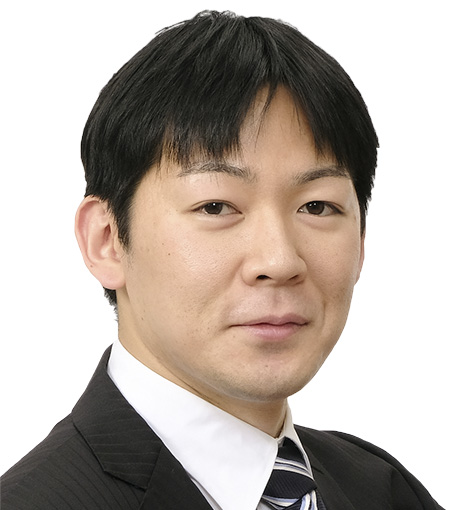
Lecturer
Faculty of Core Research Natural Sciences Division
Ochanomizu University
Outline
In this project, I will explore the frontiers of CP^N Skyrmions beyond the framework of conventional magnetic Skyrmions and elucidate their novel physical properties. In particular, I will establish control techniques for CP^N Skyrmions and integrate them with information technology from the viewpoint of quantum theory, opening up a new area, CP^N Skyrmionics. Utilizing the high manipulability of Skyrmions, I will advance fault-tolerant quantum computing based on the CP^N Skyrmions, and aim to build the foundation for application to quantum computers.
Tomoya Asaba
Exploring emergent Majorana quasiparticles by the Turing mechanism
Grant No.:JPMJPR2252
Researcher
Tomoya Asaba
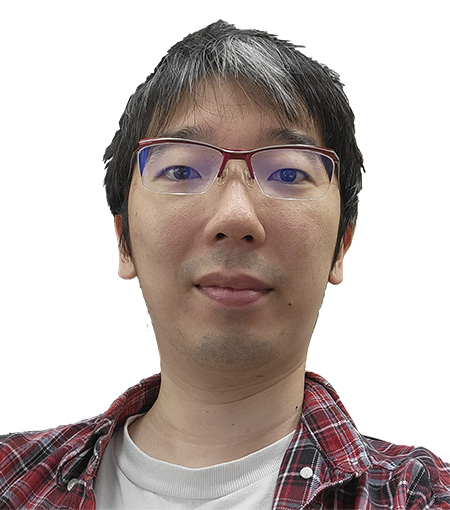
Assistant Professor
Department of Physics
University of Virginia
Outline
In this research, we aim to fabricate (1) atomic-scale Y-junctions of Ising magnets and (2) graphene nanoribbons grown on superconductors by utilizing the recently discovered atomic wire fabrication technique based on the Turing mechanism. By scanning tunneling spectroscopy measurements at the junction and edge of the atomic wires, we target to show the presence of Majorana quasiparticles, which is the key to realizing topological quantum calculations.
Toshiaki Inada
Interplay between condensed matter physics and spacetime for realization of novel quantum amplifiers
Grant No.:JPMJPR2253
Researcher
Toshiaki Inada
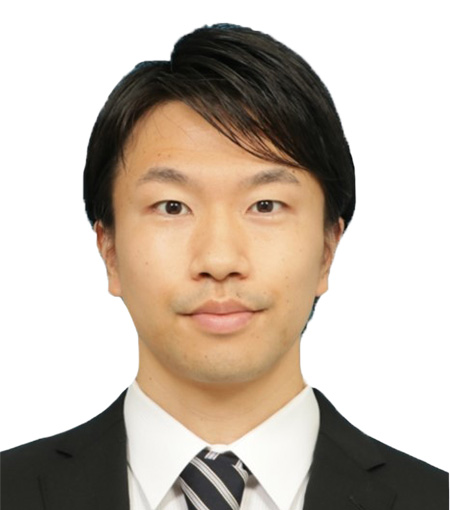
Assistant Professor
International Center for Elementary Particle Physics
The University of Tokyo
Outline
There is a strong gravity near blackholes, which warps the surrounding spacetime and shows peculiar physical processes. This research utilizes superluminal dispersion relations in condensed matter systems to realize novel quantum devices such as event-horizon amplifiers. In quantum systems with high controllability based on nano-fabrication and metamaterials, it aims to create a new platform for the development of devices which adopt spacetime processes as the working principle.
Mamoru Endo
Multicore optical quantum computer platform with optical frequency comb
Grant No.:JPMJPR2254
Researcher
Mamoru Endo
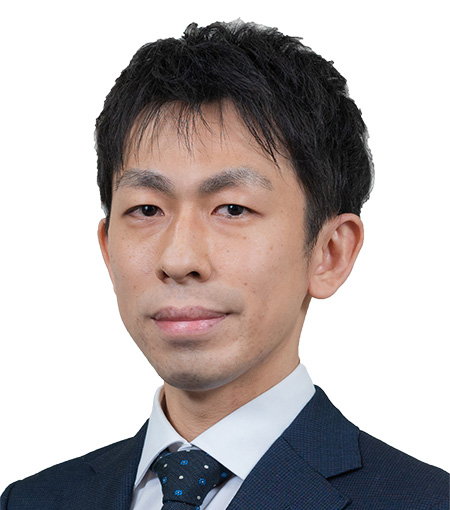
Lecturer
School of Engineering
The University of Tokyo
Outline
Optical quantum computers are capable of achieving higher speeds than other methods. In order to maximize its advantages, I will apply optical frequency comb technology to create multi-core processors. I will also develop a non-Gaussian quantum state generation scheme that skillfully utilizes optical frequency comb and photon-number-resolving detectors, and aim to establish a fault-tolerant optical quantum computing platform. The realization of this will be the first step toward the realization of an ultrafast quantum computer.
Kazuyuki Kuroyama
Terahertz quantum interface of charges, spins, and photons
Grant No.:JPMJPR2255
Researcher
Kazuyuki Kuroyama
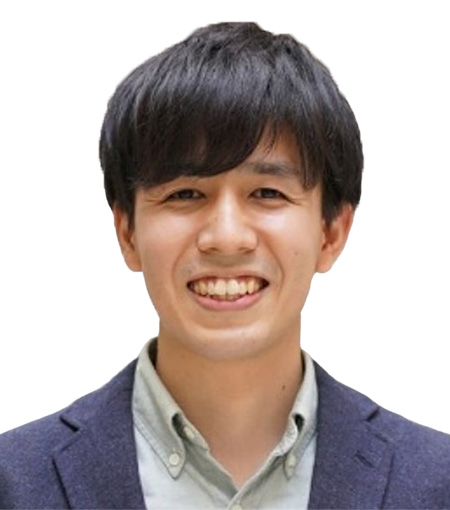
Associate Professor
Institute of Industrial Science
The University of Tokyo
Outline
Coherent conversion of spins and electromagnetic waves is considered essential for improving the scalability of spin qubit devices and developing quantum communication technologies. This project aims to realize coherent coupling of single electron spins and terahertz electromagnetic waves by using semiconductor quantum dots and terahertz optical resonators. The remarkable electric field enhancement of metamaterial optical resonators achieves coherent coupling between these two systems, which are normally not very compatible. Furthermore, by introducing optical resonators protected by topological effects, coherent coupling of two spins separated by a distance exceeding the wavelength of terahertz electromagnetic waves is targeted. The results will enable circuit quantum electrodynamics of single spins in the terahertz frequency range and provide fundamental technology for scalable spin qubit networks.
Kazuaki Takasan
Innovative quantum device technology based on nonequilibrium phases of matter
Grant No.:JPMJPR2256
Researcher
Kazuaki Takasan
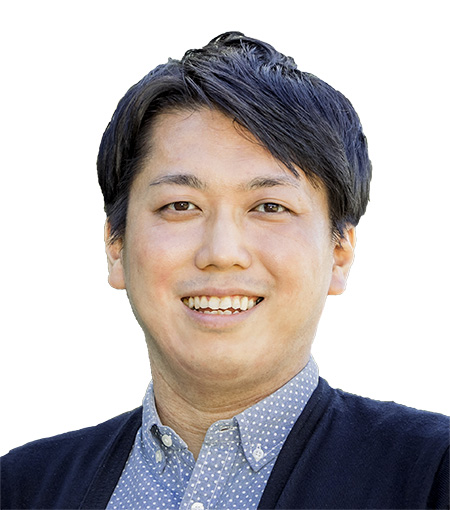
Assistant Professor
Graduate School of Science
The University of Tokyo
Outline
In recent years, it has become possible to experimentally realize “nonequilibrium phases of matter,” such as photoinduced superconductivity and time crystals. Nonequilibrium phases of matter, which are not restricted by the rules of equilibrium states, have the potential to break through the limits of materials science. In this project, I aim to turn the basic research of nonequilibrium phases of matter into the applicational one by integrating previous findings with quantum information science and experimental device technology. Finally, I will propose new promising approaches theoretically to realize quantum technology.
Hideaki Takashima
Development of multi-photon entanglement generator
Grant No.:JPMJPR2257
Researcher
Hideaki Takashima
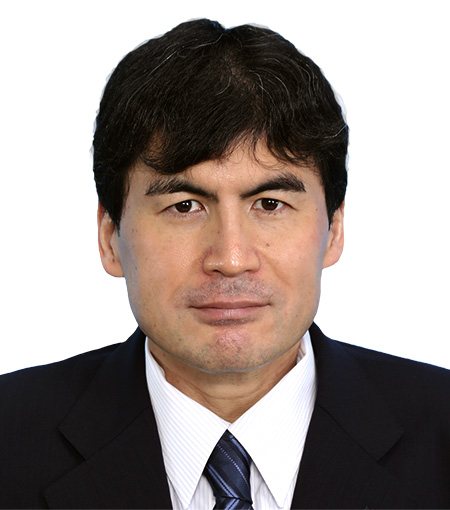
Associate Professor
Faculty of Science and Technology
Chitose institute of science and technology
Outline
Multi-photon entanglement is essential for the realization of photonic quantum technologies, such as photon-based quantum computers, quantum networks, and quantum metrology. However, it is difficult to achieve this entanglement state using traditional entangled photon sources. In this project, I aim to realize the multi-photon entanglement by developing a hybrid-system of an optical fiber incorporating an optical microcavity and a diamond particle containing a single defect center.
Atsushi Noguchi
Emergence of solid state phenomena with the ion trap technologies
Grant No.:JPMJPR2258
Researcher
Atsushi Noguchi
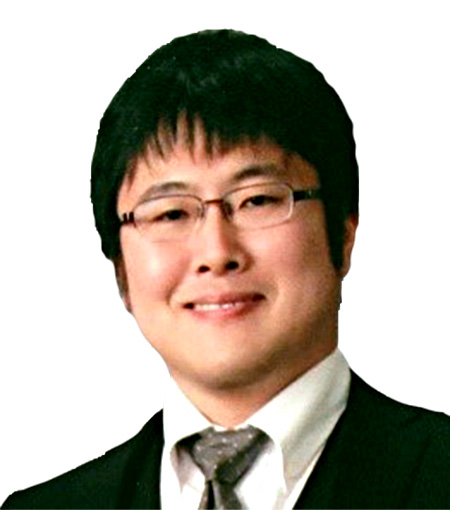
Associate Professor
Graduate school of Arts and Sciences
The University of Tokyo
Outline
We develop a laser-cooled ion-electron hybrid trapping technique. In this system, trapped ions become lattice points and trapped electrons become valence and conduction electrons to form artificial solids. In this study, we aim to develop and evaluate the physical properties of these artificial solids as solids. The development of this technology will establish quantum simulation technology using artificial solids and provide the basic technology for realizing an electron trap quantum computer.
Takashi Mori
Quantum control theory and applications: interplay of dissipation and nonequilibrium driving
Grant No.:JPMJPR2259
Researcher
Takashi Mori
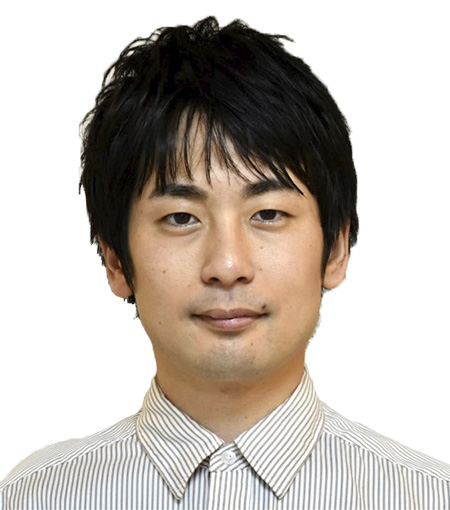
Associate Professor
Faculty of Science and Technology
Keio University
Outline
I develop a theory of quantum control of nonequilibrium steady states and transient dynamics by studying an interplay of dissipation and nonequilibrium driving field. This project aims not only to contribute to future quantum technologies using nonequilibrium many-body systems but also to pave the way to fundamental research on nonequilibrium physics, such as strong-coupling quantum thermodynamics and quantum-information perspective of many-body nonequilibrium dynamics.
Masahito Yamazaki
Violation of Eigenstate Thermalization Hypothesis and Quantum Simulation of Field Theories
Grant No.:JPMJPR225A
Researcher
Masahito Yamazaki
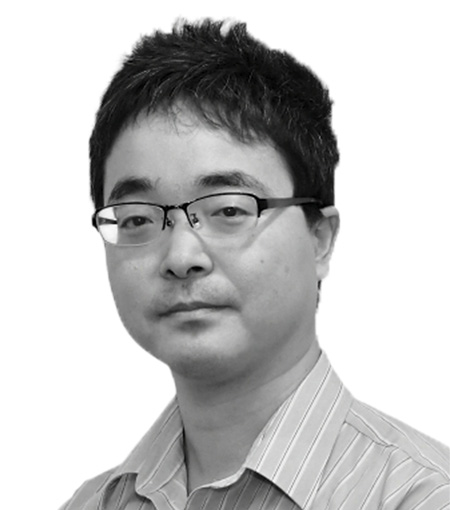
Project Professor
Kavli Institute for the Physics and Mathematics of the Universe
The University of Tokyo
Outline
In physics, thermalization is a fundamental phenomenon that lies at the foundations of thermodynamics and statistical mechanics. The eigenstate thermalization hypothesis (ETH) is a formulation of thermalization in isolated systems. While ETH has been verified for many physical systems, there are interesting examples of ETH breaking. In this research, I study the breaking of ETH systematically by synthesizing high energy theory, quantum simulations of lattice gauge theories, holography, and gravity, and explore applications of the ETH breaking for quantum technologies in the future.
Masahiko Yamada
Matrix product renormalization group method: Challenging the boundary of quantum and classical
Grant No.:JPMJPR225B
Researcher
Masahiko Yamada
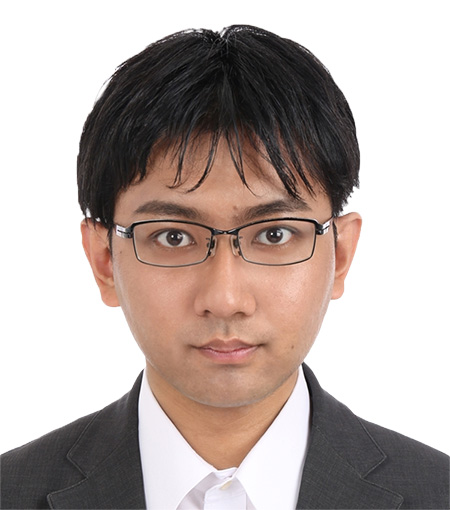
PRESTO Researcher, Japan Science and Technology Agency
Outline
MPRG (matrix product renormalization group) is a new simulation technique for quantum many-body systems. MPRG solves the sign problem of conventional Monte Carlo methods, and computes the ground-state and finite-temperature properties of most quantum models on various lattices. MPRG directly solves the infinite system, and gives accurate thermodynamic quantities in the infinite-bond-dimension limit. In this work, we approach various unsolved problems in modern physical science using this new method named MPRG.
Chaojing Lin
Development of integrated quantum circuits with chiral Tomonaga-Luttinger liquids
Grant No.:JPMJPR225C
Researcher
Chaojing Lin
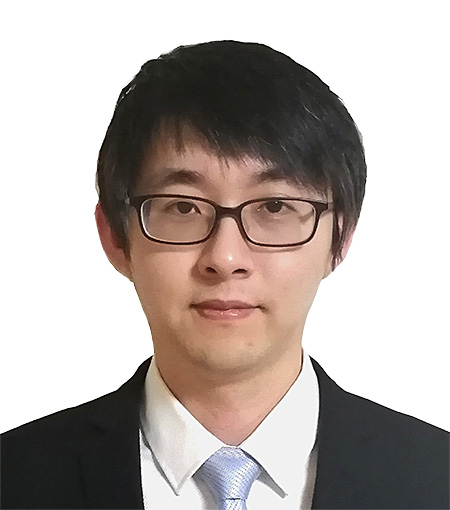
PRESTO Researcher, Japan Science and Technology Agency
Outline
Emergent quasiparticles in topological quantum materials have unique topological characteristics that can be used to realize novel functionalities for quantum information processing. In this project, chiral plasmon quasiparticles in the integer and fractional quantum Hall system will be developed into integrated plasmon quantum circuits, which allow us to explore plasmon cavity quantum electrodynamics in the strong coupling regime and coherent plasmon quasiparticle interference in a fractionalization and recombination interferometer. These exploited plasmon quantum circuits provide a new platform for development of a novel topological quantum information science.













